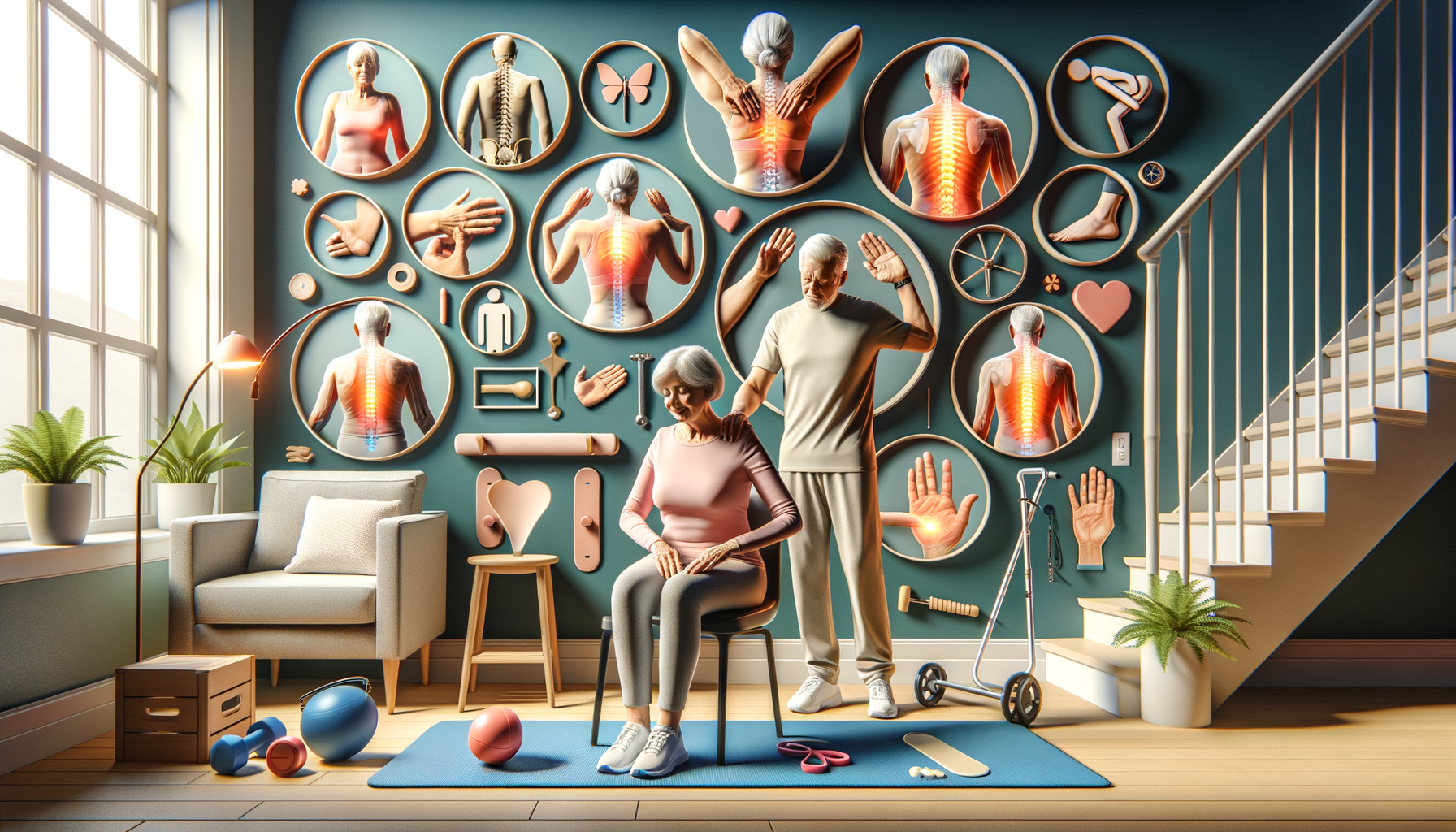How To Manage Chronic Back Pain In Seniors Without Medication
Are you struggling to find effective ways to manage chronic back pain in seniors without relying on medication? Exploring alternative approaches can improve quality of life and reduce the risks associated with long-term drug use. In this post, we’ll uncover practical strategies to help seniors find relief naturally and safely.

Gentle Exercises and Stretches for Pain Relief
Chronic back pain can be debilitating, particularly for seniors who may already be dealing with other health challenges. However, gentle exercises and stretches can provide a natural and effective way to alleviate discomfort and improve mobility. Engaging in regular physical activity helps to strengthen the muscles that support the spine, enhance flexibility, and promote better posture.
One of the key benefits of gentle exercises is that they can be tailored to individual capabilities. Activities such as walking, swimming, and tai chi are low-impact and can be easily adjusted to suit different fitness levels. These exercises help to maintain cardiovascular health while reducing stiffness and pain.
Stretches, on the other hand, focus on increasing flexibility and reducing tension in the muscles. Simple stretches like the cat-cow pose, seated forward bend, and gentle spinal twists can be performed daily to help relieve pain and improve range of motion. It’s important to perform these stretches slowly and mindfully, ensuring that movements are smooth and controlled.
Incorporating these exercises and stretches into a daily routine can have significant long-term benefits. Not only do they help to manage pain, but they also contribute to overall physical and mental well-being. For seniors, this means a greater ability to enjoy daily activities and a higher quality of life.
Optimizing Posture and Ergonomics for Back Support
Posture plays a crucial role in managing back pain, especially for seniors who may spend a significant amount of time sitting or lying down. Poor posture can exacerbate pain by placing additional strain on the spine and surrounding muscles. Therefore, optimizing posture and ergonomics is essential for back support and pain relief.
One effective way to improve posture is to ensure that seating arrangements are ergonomic. Chairs with proper lumbar support can help maintain the natural curve of the spine, reducing the risk of pain. It’s also beneficial to adjust the height of chairs and desks to prevent slouching or hunching over.
When standing, it’s important to distribute weight evenly on both feet and avoid locking the knees. Keeping the shoulders back and the head aligned with the spine can prevent unnecessary strain. For those who spend a lot of time on the phone or computer, using a headset or adjusting the screen to eye level can help maintain good posture.
Incorporating posture-friendly habits into daily life can make a significant difference in managing back pain. Simple adjustments, such as taking regular breaks to stand and stretch, can prevent stiffness and promote better alignment. By focusing on ergonomics and posture, seniors can alleviate discomfort and enjoy greater freedom of movement.
Assistive Devices and Home Modifications to Ease Back Strain
For seniors dealing with chronic back pain, assistive devices and home modifications can provide much-needed support and relief. These tools are designed to reduce strain on the back and make daily tasks more manageable.
Assistive devices such as grab bars, shower chairs, and reachers can be invaluable in maintaining independence while minimizing the risk of injury. Grab bars installed in bathrooms provide stability and support, making it easier to navigate slippery surfaces. Shower chairs offer a safe and comfortable option for bathing without straining the back.
Home modifications can also play a vital role in reducing back strain. Adjusting the height of countertops and sinks can prevent bending and twisting, which can exacerbate pain. Additionally, rearranging frequently used items to be within easy reach can minimize the need for stretching or reaching.
For those who spend a lot of time in bed or seated, investing in supportive mattresses and cushions can make a world of difference. Memory foam mattresses and cushions conform to the body’s shape, providing even support and alleviating pressure points.
By incorporating assistive devices and making thoughtful home modifications, seniors can create an environment that supports their needs and promotes comfort. These changes can lead to a more enjoyable living experience, allowing seniors to focus on the activities they love without being hindered by pain.